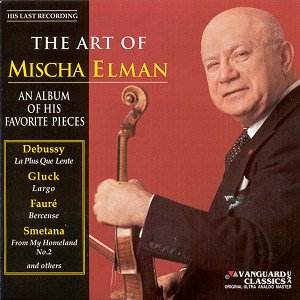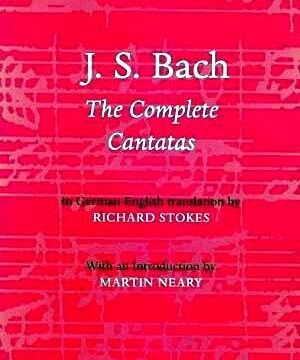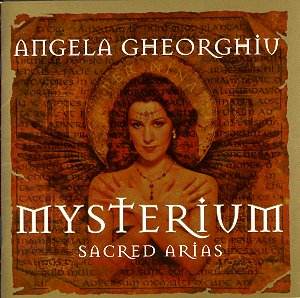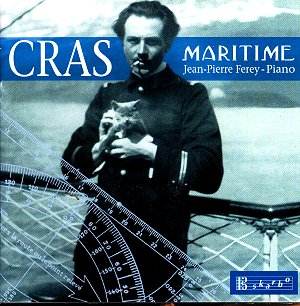 Composer: Mischa Elman
Composer: Mischa Elman
Works: Slavonic Rhapsody, La Precieuse, Russian Dance Op. 40 No. 10, La plus que lente, Largo, Juanita, From San Domingo, From My Homeland No. 2, Berceuse, Airs Tziganes
Performers: Mischa Elman, violin; Joseph Seiger, piano
Recording: Vanguard Classics, New York, 1966
Label: Testament
Mischa Elman, a towering figure in the pantheon of violinists, represents an era defined by both virtuosity and expressive depth. His recordings from the 1960s, particularly the collection presented in this reissue, stand as a testament to his enduring legacy even as they reveal the inevitable decline of a once-vibrant musician. This compilation features a rich tapestry of late Romantic and early 20th-century works, showcasing Elman’s unique interpretative voice alongside his longtime collaborator, Joseph Seiger. The historical context of these performances is significant; recorded at a time when Elman was grappling with the physical limitations imposed by age, the music serves as both a reflection of his past glory and the poignant realities of his present.
Elman’s interpretations reveal a complex interplay between nostalgia and the stark honesty of decline. The opening piece, Fritz Kreisler’s “Slavonic Rhapsody,” showcases Elman’s characteristic warmth and lyrical phrasing. However, the performance is marred by a noticeable slackening of his left-hand agility, leading to rhythmic irregularities that detract from the overall fluidity one might expect from a work steeped in folk-inspired exuberance. The tonal richness, once a hallmark of Elman’s playing, is more subdued here, revealing a violinist who, despite his diminished technical prowess, still commands a profound emotional resonance.
In “La plus que lente” by Debussy, Elman’s phrasing retains a certain delicacy, showcasing his ability to navigate the complexities of impressionistic nuance, albeit with a more deliberate tempo than his earlier counterparts. This measured approach allows for an introspective interpretation, yet it lacks the ethereal quality that younger, more agile violinists might bring to the piece. A striking moment occurs during the “Largo” from Gluck’s Orfeo ed Euridice, where Elman’s expressive slide captures the essence of the work’s longing, even if the tonal quality occasionally falters. His interpretative choices, while at times unconventional, resonate with an authenticity that speaks to his deep connection with the music.
The recording quality itself, a product of the mid-1960s, offers a clear yet somewhat restrained sound. The piano accompaniment by Joseph Seiger is supportive, though not always as interactive as one might desire. The balance between violin and piano is generally well-maintained, allowing Elman’s voice to shine through, albeit with a slight dullness that reflects the limitations of the recording technology of the time. Comparing this with other notable recordings of the same repertoire, such as those by Jascha Heifetz or David Oistrakh, one notices a stark contrast in both technical execution and interpretative vibrancy. While Elman’s artistry is undeniable, the recordings do not quite match the pristine brilliance of his contemporaries.
The latter works, including the “Berceuse” by Fauré and “Airs Tziganes” by César Espejo, further highlight Elman’s interpretative depth but also underline the challenges he faced. The Fauré lacks the fluidity and refinement characteristic of the work; Elman’s approach is more deliberate and ponderous, stripping away the grace that defines this piece. In the Espejo, while engaging, the tonal inconsistencies become increasingly apparent, revealing the struggles of a once-great virtuoso to maintain his former command.
Elman’s late recordings encapsulate the bittersweet nature of artistic decline. While they undeniably serve as a study in the fragility of human ability, they also offer moments of haunting beauty and emotional depth, imbued with the essence of a musician who still possesses a remarkable ability to communicate through music. This reissue, while perhaps not essential for those seeking the pinnacle of technical excellence, offers invaluable insights into the artistry of a violinist whose legacy persists in the annals of classical performance. For the devoted listener, it is an invitation to witness the enduring nobility of Mischa Elman, even as the shadows of time begin to encroach upon his once-illustrious sound.



